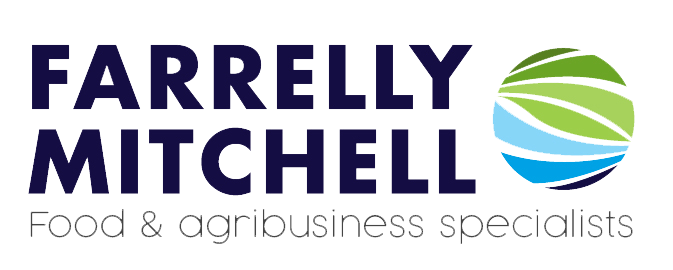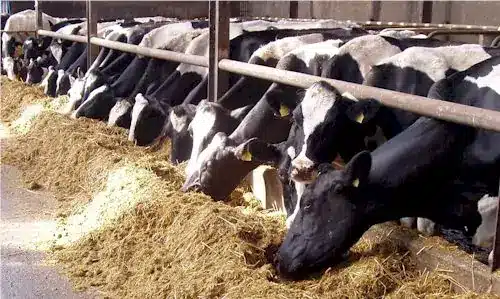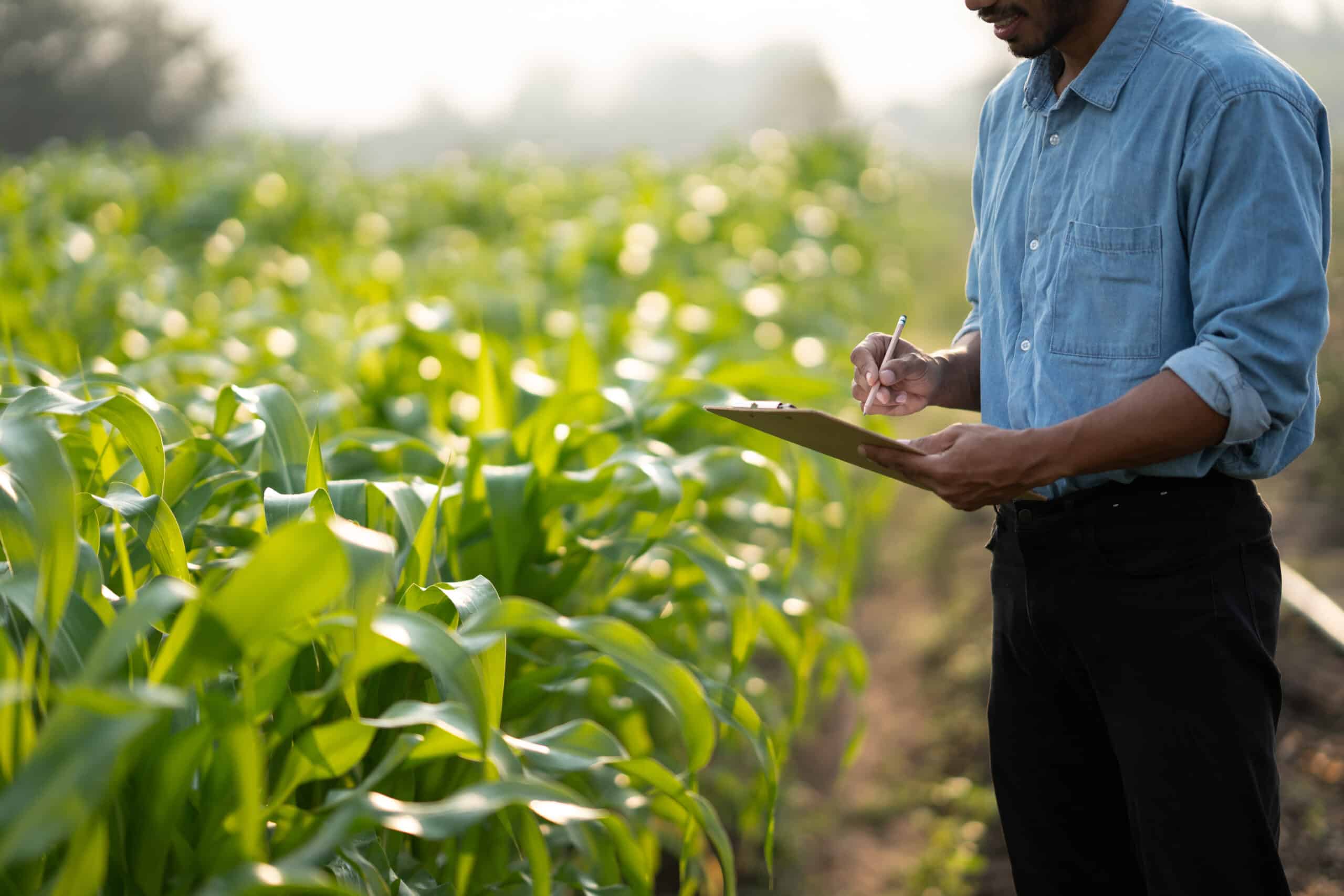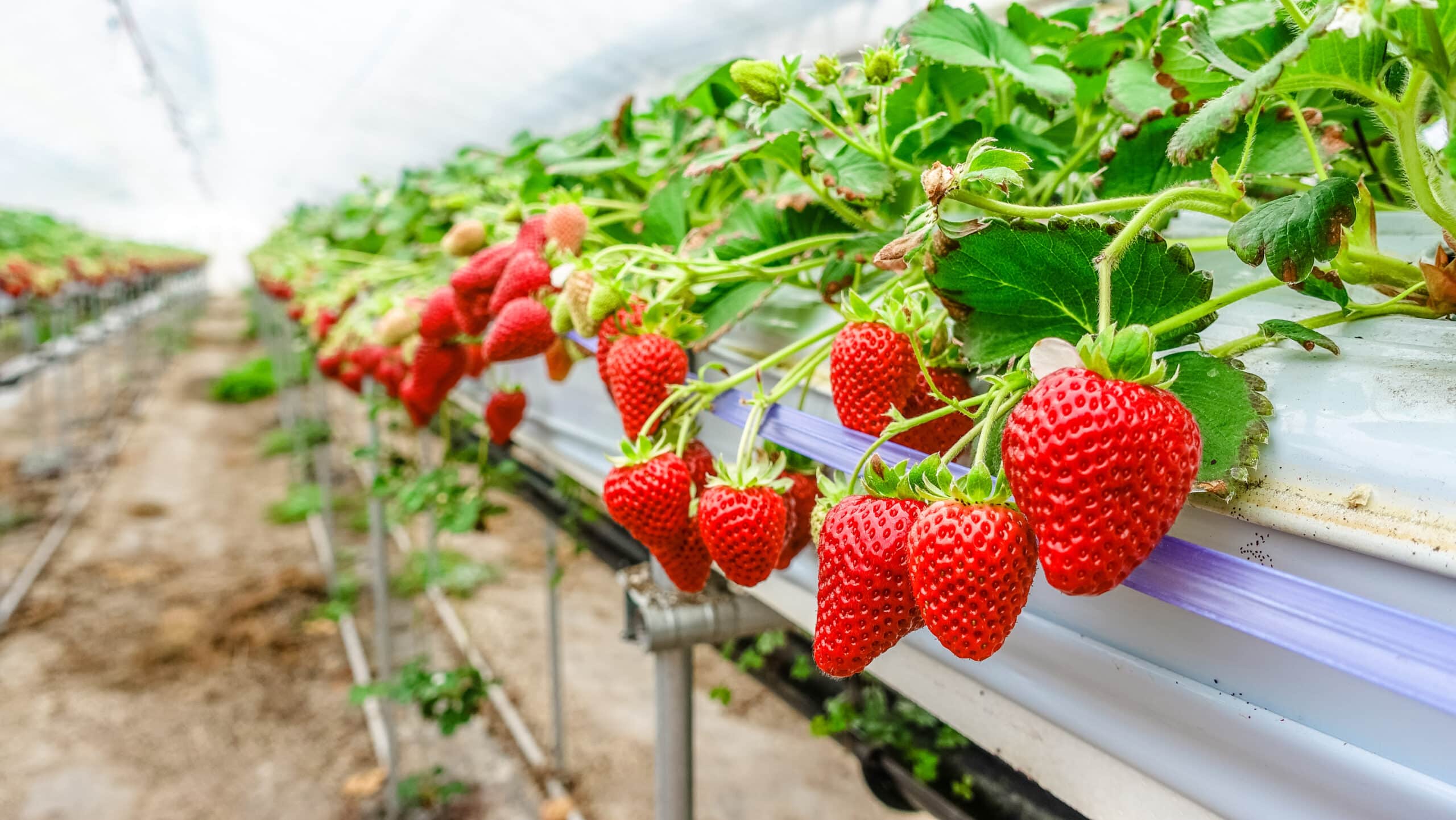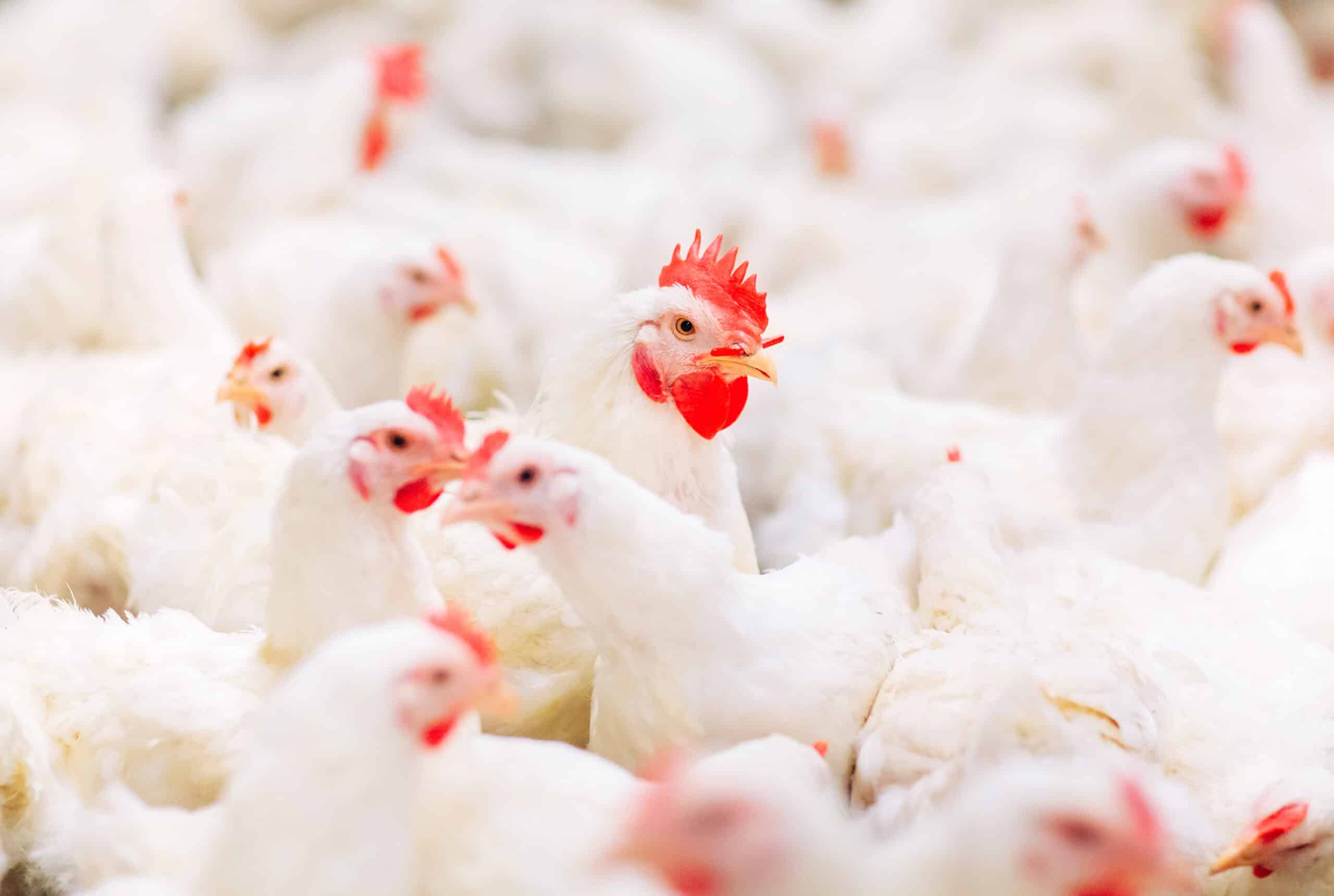The recent UN conference on climate change (COP26) led to commitments by key nations on reducing greenhouse gas (GHG) emissions which will have long-term impacts on a wide range of industries, including agriculture. Although the conference was criticised for not giving sufficient focus to the food and agriculture industry, COP26 recognized that climate-resilient, sustainable food systems are crucial to achieving climate objectives and can contribute to global food security. Of the announcements made at COP26, the declaration on methane will have the greatest impact on agriculture and especially livestock farmers.
Measures on Methane
Methane is a short-lived, but powerful GHG that is emitted through fossils fuels and the decomposition of landfill waste, as well as importantly by ruminant livestock. The Global Methane Pledge announced at COP26 in Glasgow, commits signatories to reduce their overall emissions by 30% by 2030, compared with 2020 levels.
The agreement was made by 103 countries that produce 46% of global methane emissions and represent 70% of the world economy. They included prominent cattle farming countries like Brazil, Canada and Argentina, however some countries with high methane emissions opted out, including China, India, Australia, and Russia. The EU and US were joint sponsors of the initiative.
Why Methane?
Methane is a powerful GHG, with 28 times the warming potential of carbon dioxide over 100 years. Methane’s effects are short-lived, and over about a decade, it is converted to water vapour and CO2.
Reducing human-caused methane emissions is one of the most cost-effective strategies to rapidly reduce the rate of warming and contribute to global efforts to limit temperature rise to 1.5°C. Targeted methane measures will avoid 0.3°C of global warming by the 2040s and complement long-term climate change mitigation efforts.
The agriculture sector emits 40 to 50% of anthropogenic methane, with emissions from ruminants accounting for 70% of agricultural emissions. Biomass burning is also a moderate source, driven by the expansion of land for pasture and crops, while rice farming produces methane via mechanical flooding to control pests.
Technical measures
The COP26 agreement supports technical measures to reduce methane emissions for example the use of animal feed supplements which, according to the UN, can cut emissions from livestock farming by 20% a year to 2030. According to Nigel Miller, a former head of NFU Scotland and qualified vet, livestock farmers and the industry must act now to cut methane emissions – or face fighting a losing battle over stock numbers.
Science and technology can deliver emission cuts by supporting innovative feed that minimises methane emissions from ruminants. New methodologies for quantifying methane emissions from cattle have been developed which will also aid research. For example, a method of generating localised data on methane and nitrous oxide emissions from livestock is already being implemented in Kenya, using this system to report baseline GHG emissions to the UN.
Feed additives are already available commercially while alternative approaches to water, soil carbon, nitrogen, and land management are proven options to crop farmers. Improving animal health can also contribute to reducing greenhouse gas emissions while enhancing sinks on pasture and grazing lands.
The COP26 agreement and targeted reductions in GHG emissions will help to drive agricultural innovation and efficiency over the next few decades and spur interest and investment in sustainable farming technologies.
Navigating policies and establishing sustainability
Climate-resilient, sustainable food systems are crucial to achieving climate objectives and addressing global food security challenges. The urgent need to cut greenhouse gas emissions is clear, and could have broad implications for the livestock, poultry, and dairy industries, for whom emissions are a large byproduct of their operations.
At Farrelly Mitchell, we support producers throughout the agrifood industry as they transition toward more ethical and environmentally conscious practices, in line with global sustainable development goals.
